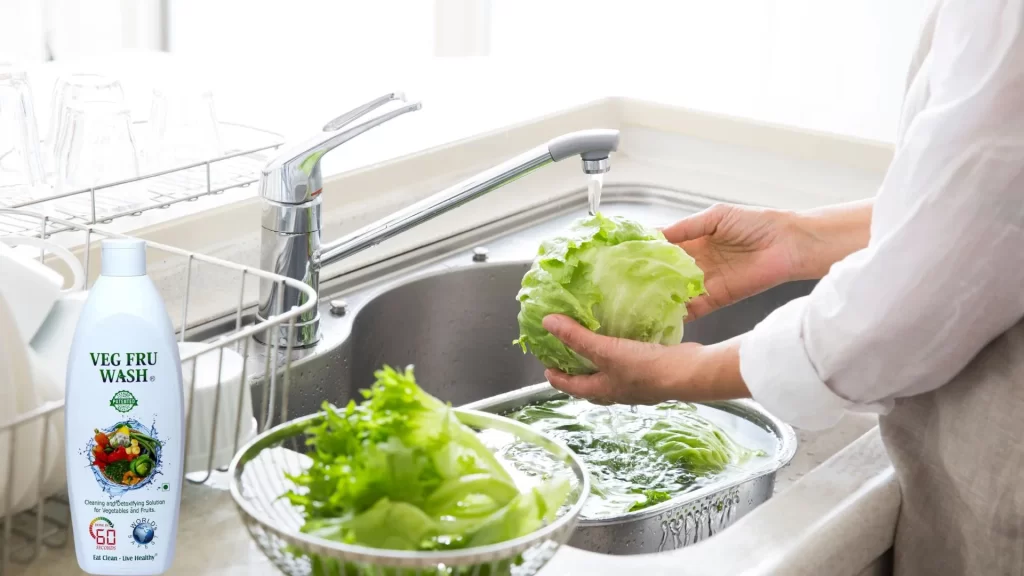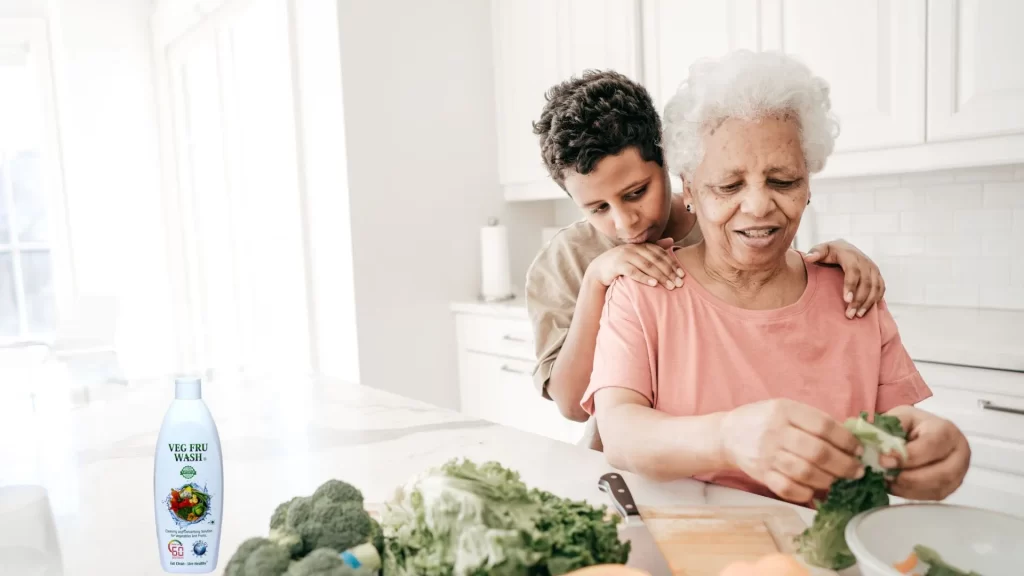
In our modern agricultural system, pesticides are commonly used to protect crops from pests and diseases. While they help increase yield and ensure food security, their residues can remain on fruits and vegetables, posing potential health risks. Washing produce thoroughly is essential to minimize these risks and ensure that what you eat is clean and safe. In this blog, we will explore effective methods for removing pesticides from fruits and vegetables to help you enjoy cleaner, healthier produce.
Understanding Pesticide Residues
Pesticides are chemicals used in agriculture to manage pests and protect crops. However, residues from these chemicals can remain on fruits and vegetables even after harvesting. Here are some reasons why it’s crucial to remove pesticide residues:
- Health Risks: Long-term exposure to pesticide residues can be harmful, potentially leading to issues such as hormone disruption, reproductive problems, and an increased risk of certain cancers.
- Food Safety: Removing pesticide residues helps ensure that your food is safer to eat, reducing the risk of contamination.
- Natural Taste: Pesticide residues can affect the taste and freshness of produce. Thorough cleaning can enhance the natural flavor of fruits and vegetables.
Effective Methods to Remove Pesticides
1. Rinsing with Cold Water
Method: Rinse fruits and vegetables under cold running water for at least 30 seconds. For produce with thicker skins, use a brush to scrub the surface.
Effectiveness: Rinsing with water removes a significant portion of surface pesticides, dirt, and bacteria. However, it may not be effective for all residues, especially those that have penetrated the skin or are more persistent.
Best For: Smooth-skinned fruits and vegetables like apples, tomatoes, and cucumbers.
2. Vinegar Solution
Method: Mix one part white vinegar with three parts water. Soak the produce in this solution for 10-15 minutes, then rinse thoroughly with cold water.
Effectiveness: Vinegar has natural antimicrobial properties and can help remove some pesticides and bacteria. It may leave a slight vinegar taste on the produce but can be effective in reducing pesticide residues.
Best For: Leafy greens, berries, and other delicate produce.
3. Baking Soda Solution
Method: Dissolve one teaspoon of baking soda in a large bowl of water. Soak the produce for 10-15 minutes, then scrub gently with a soft brush and rinse well with cold water.
Effectiveness: Baking soda is effective at breaking down and removing certain pesticide residues. Studies have shown that it can significantly reduce pesticide levels on produce.
Best For: Fruits with smooth skins, such as apples and grapes.
4. Salt Solution
Method: Combine one tablespoon of salt with a large bowl of water. Soak the produce for 10-15 minutes, then rinse thoroughly with cold water.
Effectiveness: Salt can help remove surface contaminants and some pesticides. However, it may leave a salty residue if not rinsed properly.
Best For: Leafy greens, root vegetables, and produce with rough skins.
5. Lemon Juice Solution
Method: Mix one part lemon juice with three parts water. Soak the produce in this solution for 10-15 minutes, then rinse thoroughly with cold water.
Effectiveness: Lemon juice has natural antimicrobial properties and can help remove some pesticides and bacteria. It may leave a slight citrus taste on the produce.
Best For: Berries, tomatoes, and other delicate fruits.
Using Commercial Produce Washes
For a more effective and convenient solution, consider using a commercial produce wash like Veg Fru Wash. Here’s why:
1. Effective Cleaning Formula
Veg Fru Wash is designed to break down and remove pesticide residues, bacteria, and waxes more effectively than water alone. Its specialized formula ensures that your produce is thoroughly cleaned.
2. Safe and Non-Toxic
Made from food-safe, non-toxic ingredients, Veg Fru Wash ensures that no harmful residues are left on your produce. You can use it confidently on all types of fruits and vegetables.
3. Ease of Use
With clear instructions and a user-friendly bottle, Veg Fru Wash is easy to incorporate into your routine. The 400ml bottle provides enough solution for multiple uses, making it both economical and practical.
How to Use Veg Fru Wash
- Preparation: Fill a clean sink or large bowl with cold water. Add a small amount of Veg Fru Wash as per the instructions on the bottle.
- Soaking: Submerge the fruits and vegetables in the solution and let them soak for 2-5 minutes to allow the washing liquid to break down contaminants.
- Scrubbing: For produce with thicker skins, use a soft brush to gently scrub the surface.
- Rinsing: Rinse the produce thoroughly under running water to remove any traces of the washing liquid and contaminants.
- Drying: Use a clean cloth or paper towels to dry the produce before storing or consuming it.
Additional Tips for Effective Cleaning
- Wash Hands and Surfaces: Always wash your hands and clean surfaces and utensils before and after handling produce to prevent cross-contamination.
- Peel and Trim: For fruits and vegetables with inedible skins or peels, remove these after washing to further reduce contaminants.
- Avoid Using Soap: Do not use regular dish soap or detergent, as these can leave harmful residues on produce.
Conclusion
Effectively removing pesticides from fruits and vegetables is essential for ensuring food safety and quality. While rinsing with water is a good start, using additional methods such as vinegar, baking soda, salt solutions, or a dedicated produce wash like Veg Fru Wash can provide more thorough cleaning. By adopting these practices, you can enjoy cleaner, safer, and tastier produce, contributing to a healthier lifestyle. Embrace these methods to make sure your fruits and vegetables are free from harmful residues and ready for consumption.


